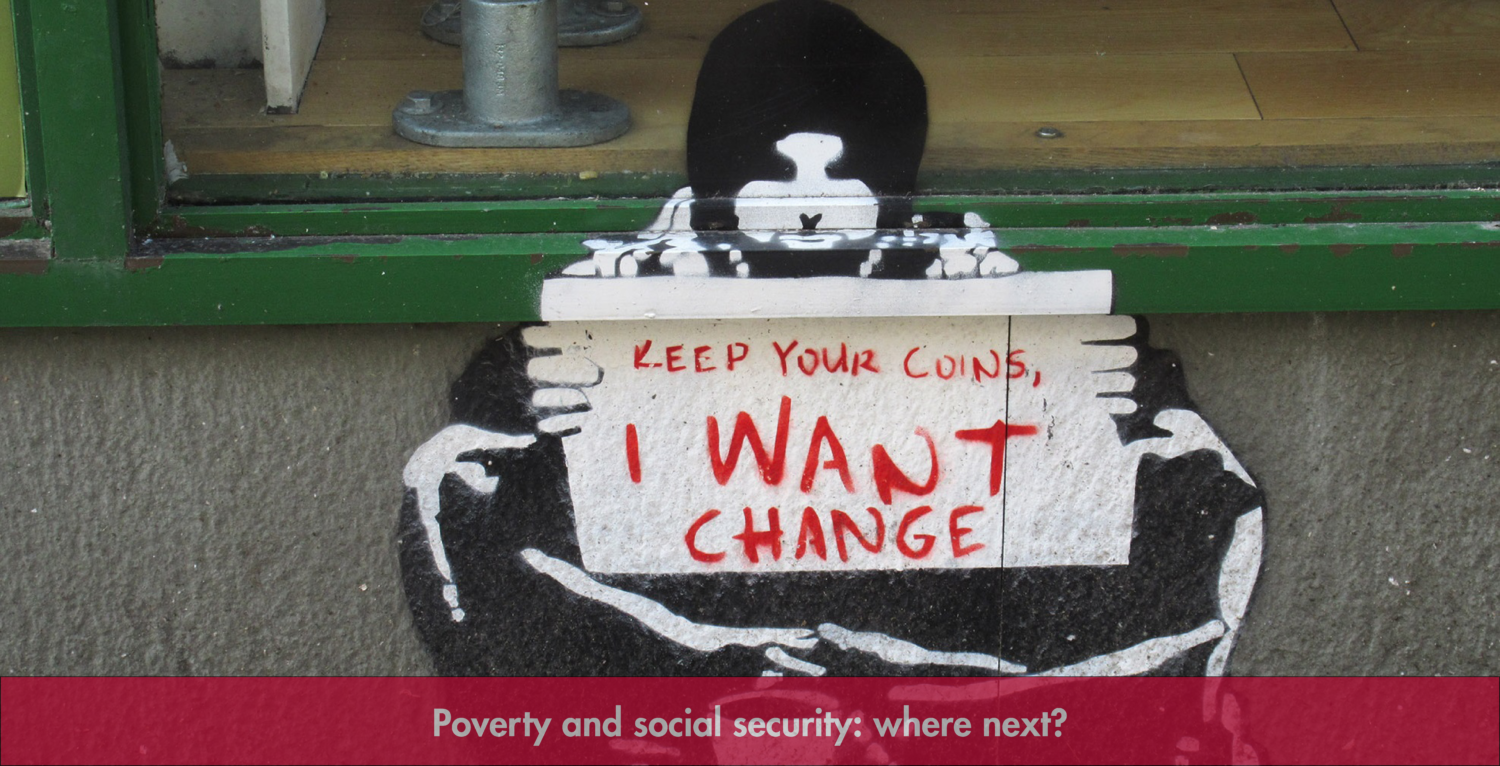Rising pressures
Since 2010 rough sleeping in England has increased by 165 per cent, despite a small drop of 2 per cent in the last 12 months. Jasmine Basran looks at how social security must change to support the delivery of decent and affordable housing for all.
Homelessness must be a top priority on the domestic policy agenda for the UK. From 2010, rough sleeping more than doubled across England. In Scotland, statutory homelessness increased between April 2017 and March 2018, and in Wales, official data shows there were 2,142 households in temporary accommodation in June 2018 – the highest number to date.
People lose their homes when the rising pressure from high rents and low incomes becomes too much. Without government support, a sudden increase in pressure, like losing a job or becoming ill, can quickly force someone into homelessness.
Crisis modelling on the future trends of homelessness found that the availability and affordability of housing are key drivers in homelessness trends. The modelling found that reversing cuts to financial support in the welfare system that have taken place from 2015 onwards and increasing the supply of housing (including social housing), would reduce the expected increase in the worst forms of homelessness in 2041 by 46.6 per cent and 34.9 per cent respectively.
Tackling homelessness requires housing that provides people on low incomes with security, decent living conditions, and affordable rents. This must work together with a robust welfare safety net, that effectively prevents homelessness from happening in the first place and can rapidly provide financial support for people if they do become homeless so they can secure housing. Securing a stable home gives people the best chance of moving on from homelessness, or preventing it altogether.
A complete welfare safety net is therefore critical in preventing and ending homelessness. A key component to its effectiveness is financial support for housing costs when people need help. This support must cover the real cost of housing in all parts of Great Britain.
To achieve this over the long term, in the most economically viable way, there needs to be a considerable expansion in the supply of social housing. However, until social housing can meet demand, people on low incomes must be able to find secure and stable housing in the private rented sector. Social security must play a vital part in this.
The housing benefit system was introduced in 1987. In 2008, local housing allowance was created for tenants in the private sector. Local housing allowance rates determine the maximum amount of support low-income tenants are entitled to, to help cover private renting costs. Local housing allowance is meant to cover just under the cheapest third of rents (the 30th percentile).
In 2013, the most significant welfare reform in decades was introduced through universal credit. Local housing allowance is now part of universal credit – significantly impacting on the ability of the universal credit system to prevent and respond to homelessness.
What needs to change?
First, returning local housing allowance rates to the 30th percentile is urgently required to redress homelessness. Underinvestment in these rates have made renting unaffordable for homeless people in many areas of Britain. Many households are now in a position where they have few, or no, options to be able to manage the gap between their rent and local housing allowance rates.
Our 2018 research with the Chartered Institute of Housing has shown that reductions to local housing allowance rates mean that 91 per cent of areas in Great Britain are unaffordable to single people or a couple or a small family. By nation, 97 per cent of areas in England, 82 per cent in Wales, and 67 per cent in Scotland are unaffordable within current local housing allowance rates. This means the private rented sector is increasingly unviable as a solution to homelessness and is playing a role in levels of homelessness. This is reflected by the fact that the ending of an assured shorthold tenancy has been the leading cause of homelessness in England for the past eight years.
There are often large shortfalls between rents and the level of support people receive from local housing allowance rates. As these shortfalls exist in many parts of the country, people are finding ways to cut back on essential spending, or are getting into debt or rent arrears, in order to pay their rent. This significantly increases the risk of homelessness for many individuals and families. It also makes it difficult for people that are experiencing homelessness to find their way back into housing as the majority of housing options they will have lie within the private rented sector, which has become unaffordable.
Investing in local housing allowance rates to bring them back in line with at least the 30th percentile of the local housing market will provide a dramatic life line to struggling families and people on a low income.
Investing in universal credit to ensure people experiencing homelessness and those at risk of homelessness can afford housing is essential. With the adequate investment and the right policies, universal credit can be the best homelessness prevention tool at the government’s disposal.
In the long term, governments must look to the supply of housing that is genuinely affordable for people on low incomes. This will decrease overall pressure on the private rented sector, and reverse the trends of increasing numbers of low-income households being housed in private renting and being vulnerable to income shocks and homelessness.
Homelessness is not inevitable – housing and welfare policies have a huge impact on the levels of homelessness in Great Britain. But with the right investment and policies in place, homelessness can be ended for good.

